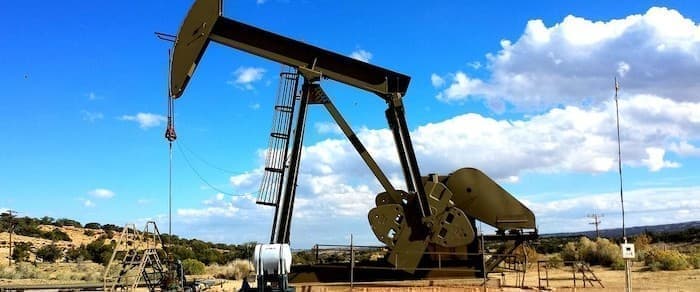After years of turbulence, Libya’s oil industry is finally starting to bounce back, with the production increase that started in December showing no signs of stopping. Ever since the end of the 2011 Arab Spring uprisings, Libya’s oil sector has been hampered by political instability and economic uncertainty. However, following the signing of a ceasefire agreement in October 2020, the country’s oil and gas industry is set to pick-up once again.
Libya is known to have the largest proven crude oil reserves on the African continent, making it strategically important for energy in the MENA region. The country has proven crude oil reserves of 48,363 million barrels, as well as 1,505 million cubic meters of natural gas reserves.
At present, Libya is producing 1,224 million bpd of oil, up from just 121,000 bpd in the third quarter of 2020. This demonstrates the significance of the ceasefire agreement in revitalizing the Libyan oil sector and economy. However, this is still well below pre-Arab Spring average production figures of between 1.5 and 1.6 million bpd.
While oil contributes approximately 60 percent to Libya’s GDP, the substantial damage to infrastructure experienced over a decade of war means the sector needs considerable investment to reclaim its pre-war status.
As production begins to increase, the National Oil Corporation (NOC) has announced aims to reach an output of 2.1 million bpd within the next three years. Nevertheless, the sector will have to invest heavily in its infrastructure to ensure this goal can be met.
In mid-January, there was a decrease in the production of 200,000 bpd as a 60-year-old pipeline needed to be shut down for maintenance. This is just the tip of the iceberg, with aging and war-torn infrastructure presenting a long-term challenge for the industry’s recovery.
Related: Egypt Looks To Resume LNG Exports As Prices Rise
Following blockades that dramatically obstructed the country’s oil production and exportation, the current situation seems stable. But the potential for further blockades of important oil sites continues to pose a threat to production. To avoid this, a clear plan for revenue sharing must be at the top of the government and NOC’s agenda.
In terms of regional stability, Libya does not fall under the same quota restrictions as other OPEC members, meaning that the organization will have to monitor Libya’s output to ensure it does not negatively impact the price of oil due to overproduction.
The potential need to curb production to contend with the reduced demand for oil across the globe, as lockdowns and greater pandemic restrictions continue to be put in place, could delay Libya’s aims to become a major player in energy once again.
Yet, revenue reports by the NOC of $1.115 billion for December offer promise to a sector that has been hard-hit by war, political instability, and, more recently, the Covid-19 pandemic.
Until a long-term peace deal is achieved, the uncertainty surrounding the political future of Libya continues to threaten several of its major industries and its economy as a whole. However, as its recent output shows, the reserves and infrastructure are still viable; meaning Libya could yet become a major contender in the world of oil once more.
By Felicity Bradstock for Oilprice.com
More Top Reads From Oiprice.com:
- Oil Majors Poised To Make Biggest Geothermal Investments In 30 Years
- Biden's Green Energy Boom Could Send These Electric Vehicle Stocks Soaring
- Goldman Sachs: Biden’s Federal Land Drilling Ban Is Bullish For Oil


















